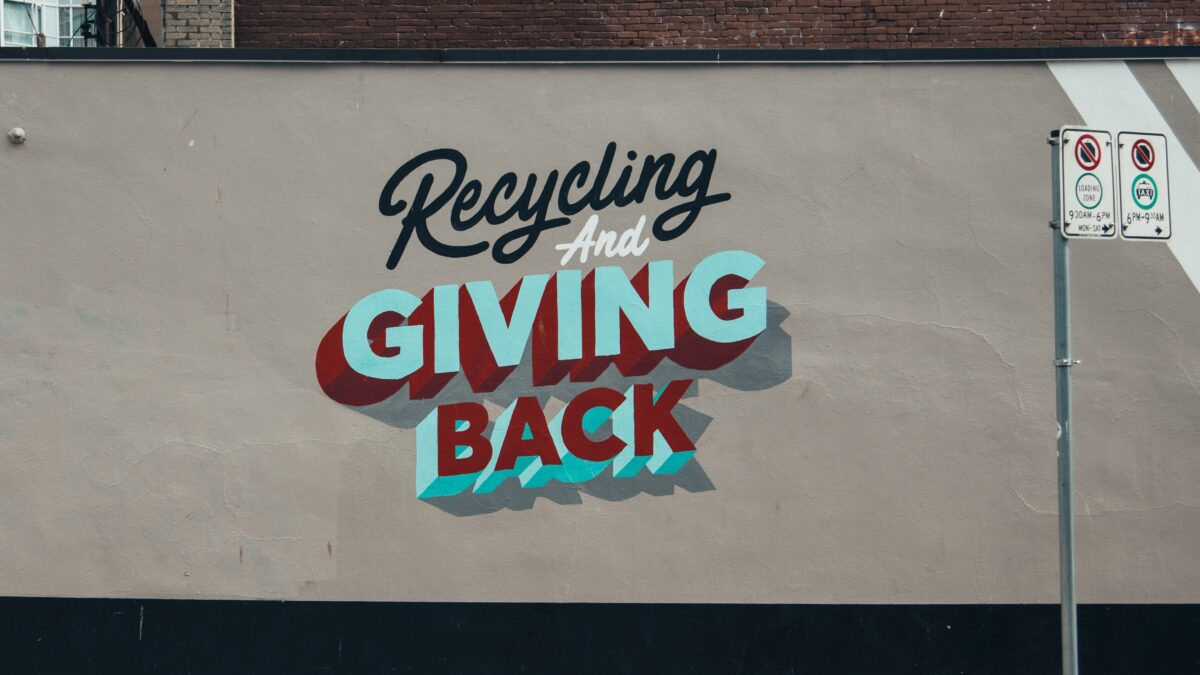The debate took place during the 3rd conference of the Scandinavian-Polish Chamber of Commerce On the GREEN WAY: “Green (R) evolution in cities.”
Today, globally, cities occupy about 1% of the land area and are home to approximately 55% of the world’s population. By 2050, the share of the urban population is projected to increase to 70% globally and 85% in Europe. As a consequence of increasing urbanization, many cities suffer from emissions of pollutants into the air and water, noise, traffic, and congestion.

Circular cities are, above all, friendly cities where the inhabitants want and can live in a clean and safe environment. Clean air and a highly efficient and emission-free energy system, effective waste, and water management are essential elements of sustainable cities.
Waste management
In 2019, almost 225 million tonnes of municipal waste was generated in the EU. According to Eurostat data, the amount of waste recycled and composted has almost tripled in recent years. Since 1995, the amount of municipal waste incinerated in the EU has doubled from 30 million tonnes to 60 million tonnes in 2019, and the total amount of municipal waste landfilled in the EU has more than halved to 54 million tonnes.
This is a positive trend, but effective waste management remains a challenge for cities. As Hans Christian Christiansen from the Copenhagen City Hall points out, the success of the Danish capital began with the creation of a comprehensive plan in this area. The city authorities were at the same time prepared for flexible operation and introducing changes in the system, depending on the needs.
Re-use and recycling play an increasing role as a source of raw materials, and industry plays an important role in cities. Businesses generate large amounts of waste. However, compared to municipal waste, the distance between the waste producer and the plant is much shorter. As a result, waste is more precisely segregated at the source and has a higher quality.
Lars Ibsen from Stena Recycling notes that today a very important trend is cross-industry cooperation and looking from a wider perspective than the needs of own production because some of the recovered materials can be used by other producers.
Until a few years ago, entrepreneurs were inclined to keep silent about the use of recycled materials. They were afraid of associations with low quality. Today they are proud to say it because conscious consumers expect this from them. Cities play an essential role in supporting and promoting this positive trend.
Electricity from waste
Unfortunately, not all waste can be recycled, and even the recovered materials will not be suitable for further processing after some time.
As Izabela van den Bossche from Fortum argues, CHP plants powered by alternative fuel RDF are an essential element of waste management. They do not compete with waste treatment plants, they are a complementary part of the system. Waste-To-Energy Plants also operate successfully in countries that can boast the highest percentages of processed waste. The waste from which we recover energy would not be recycled only to landfills, and this is the worst solution. In addition, the process of energy production from waste produces bottom ash, which can be recovered and recycled for several ferrous and non-ferrous metals (iron, aluminum, copper, etc.).
Circular cities – cities of the future
The circular city is not an idealistic vision, but a strategy that brings real economic and social benefits, emphasizes Piotr Woźniakowski from KOZK. Striving to create a circular economy stimulates the emergence of new business models, repair plants and service services are gaining in popularity, and designing products from recovered raw materials is a huge field for startups.
The social benefits cannot be forgotten. The sharing economy is conducive to the formation of stronger social ties, cooperation between enterprises is tightening, and the symbiosis of the industry is conducive to strengthening the local economy.
Circular cities are cities that are good to live in, are environmentally friendly, and favor sustainable economic development.